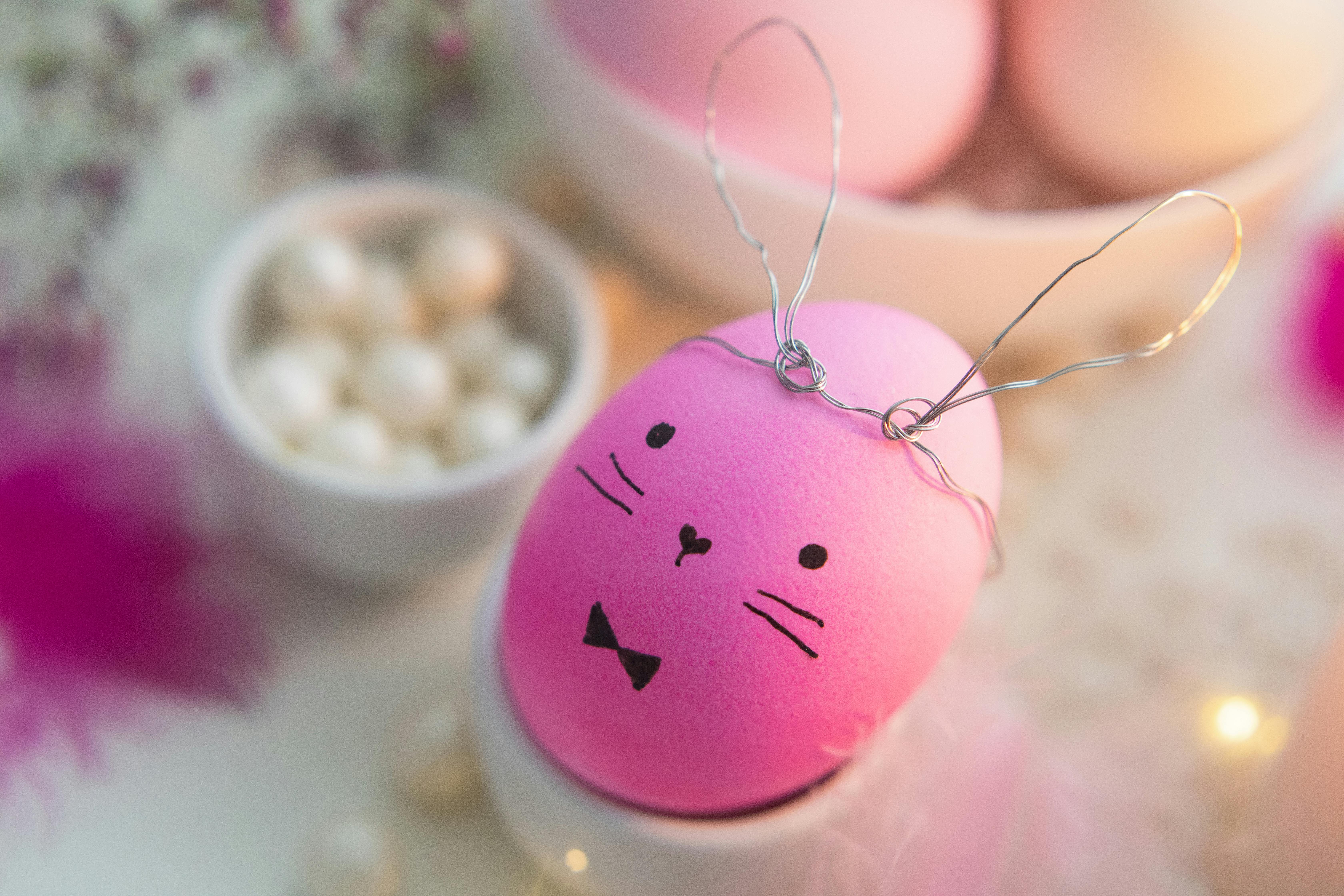The Rise of Beautiful Egg Donors: What You Need to Know
Egg donation is no longer just a medical solution—it’s now part of a deeper, more personalized journey to parenthood. As more people explore donor options, the concept of beautiful egg donors has gained growing attention. In this comprehensive guide, you’ll discover why beauty is influencing donor selection, the ethics involved, practical steps for choosing a donor, and what the future holds in reproductive health.

Understanding the Fundamentals
Egg donation is a fertility solution where a woman donates her eggs to help another individual or couple conceive. While the process itself has been medically viable for decades, donor selection has evolved significantly. Now, physical appearance and personal attributes—like those of beautiful egg donors—are often key considerations.
Choosing a donor based on looks may sound superficial, but it intersects with deeper emotional and psychological needs. After all, many parents envision a child that reflects traits they value and admire.
1.1 The Medical Basis of Egg Donation
Egg donation involves retrieving healthy eggs from a fertile woman and implanting them via IVF into a recipient. According to the CDC, over 12% of IVF procedures in the U.S. involve donor eggs—a number that’s steadily increasing.
Success rates can reach up to 55% per cycle when using eggs from younger, healthy donors. This effectiveness makes the process attractive to individuals facing fertility challenges.
1.2 Why Appearance Matters to Some Recipients
Physical attributes can influence a parent’s emotional connection to the donor. For some, selecting a beautiful egg donor feels like an extension of legacy, aesthetics, or cultural values.
Although controversial, this desire often reflects deeper hopes about family resemblance or social acceptance. Beauty, combined with health and intelligence, forms a trifecta for many modern donor seekers.
Practical Implementation Guide
Now that we understand the motivations behind choosing beautiful egg donors, it’s crucial to translate that knowledge into a structured approach. This guide walks you through each critical phase of donor selection and integration into your fertility plan.

2.1 Actionable Steps
- Identify Your Priorities: Decide what traits matter most—health, personality, education, beauty, etc. Rank these before starting your search.
- Use Verified Agencies: Only work with reputable egg donor agencies that provide detailed profiles, medical histories, and photographs.
- Schedule Consultations: Meet with fertility specialists to understand the legal, medical, and emotional aspects of selecting a donor.
2.2 Overcoming Challenges
Challenges in choosing a donor include emotional stress, overwhelming options, and ethical dilemmas. Here’s how to address them:
- Emotional Doubt: Acknowledge feelings of guilt or confusion—it’s natural. Counseling helps.
- Selection Fatigue: Limit your initial pool to 10-15 candidates.
- Ethical Uncertainty: Be honest with yourself about why you prioritize beauty and consult with experts to maintain balance.
Experts recommend not rushing the decision. Take time to reflect, involve your partner, and get professional input whenever possible.
Advanced Applications
Once you’ve selected a beautiful egg donor and started treatment, it’s time to consider advanced strategies for success. These methods can optimize outcomes and ensure a smooth journey.

3.1 Genetic Matching and PGT-A
Preimplantation Genetic Testing for Aneuploidy (PGT-A) screens embryos for chromosomal health. This is crucial when aiming for successful implantation and healthy births.
Couples using beautiful egg donors can combine physical selection with genetic strength, improving outcomes through science and aesthetic preference.
3.2 Cryopreservation and Embryo Banking
Freezing embryos allows families to plan for future siblings using the same donor. This ensures genetic consistency and allows for spacing children over several years.
Compatibility between cryopreservation protocols and chosen donor profiles is essential. Work closely with your fertility clinic to align processes.
Future Outlook
The future of egg donation is rapidly advancing. AI-assisted matching, digital facial resemblance tools, and even epigenetic screening are on the horizon.
As more individuals seek beautiful egg donors, the industry is likely to balance aesthetics with bioethics. Expect stricter regulations, enhanced donor protections, and greater transparency in profile vetting.
Conclusion
Here are three key takeaways:
- Egg donation is an empowering tool for building families
- Beauty, while subjective, is becoming a notable donor criterion
- Proper planning and ethics are crucial for long-term satisfaction
The idea of selecting beautiful egg donors may stir debate, but it also reflects a growing demand for personalization in fertility. If you’re considering this path, be sure to consult licensed professionals, take your time, and follow your instincts.
Ready to take the next step? Begin your journey with a qualified agency and make your dream of parenthood a reality.
Frequently Asked Questions
- Q: What is an egg donor? An egg donor is a woman who provides her eggs to help others conceive, often through IVF procedures.
- Q: How do I get started with egg donation? Start by consulting a fertility clinic and researching donor agencies with strong reputations.
- Q: How long does the process take? From selection to implantation, the average process takes 3 to 6 months depending on individual circumstances.
- Q: How much does it cost? Egg donation costs range from $15,000 to $30,000, influenced by donor attributes and medical complexity.
- Q: How do beautiful egg donors compare to standard donors? While all donors meet health requirements, beauty-based donors may command higher compensation due to demand and rarity.
- Q: Is selecting a donor based on appearance difficult? It can be emotionally challenging and ethically complex, so professional guidance is advised.
- Q: Are there donors for specific cultures or ethnicities? Yes, agencies offer diverse options to help recipients find donors that match their cultural, ethnic, or personal preferences.
